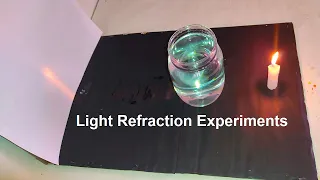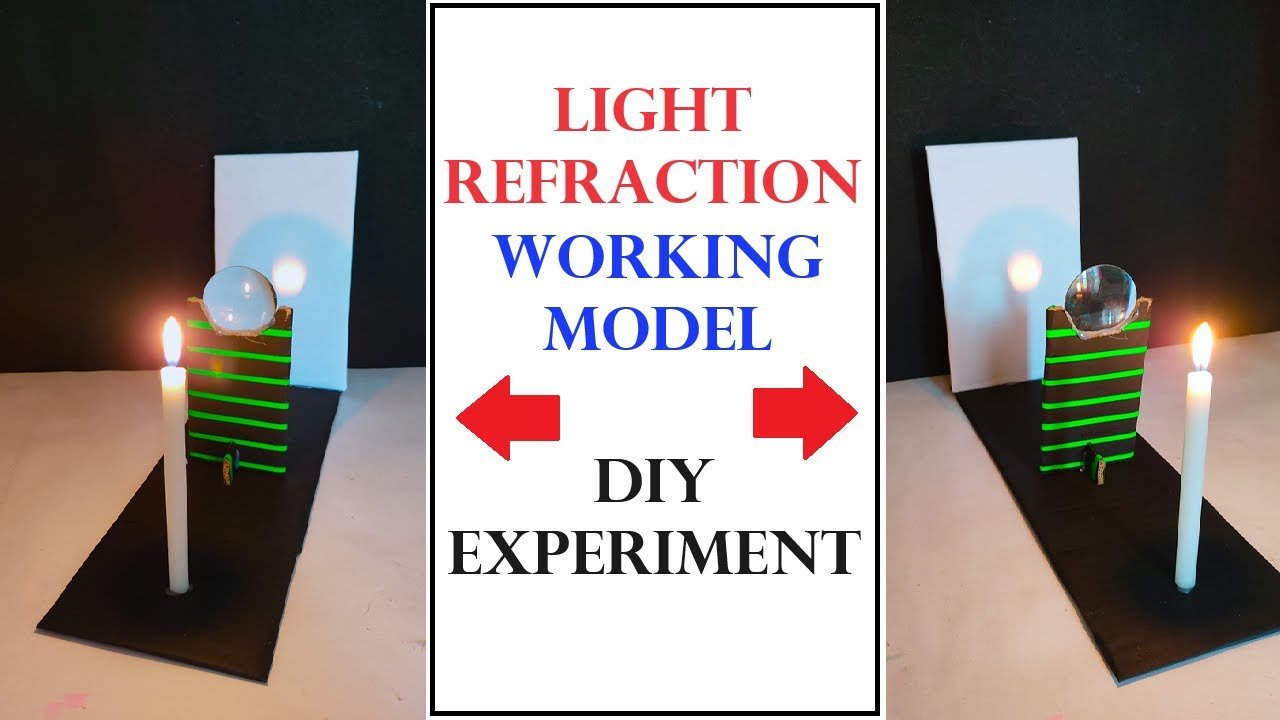Introduction
Light is a form of energy that makes vision possible. It is an essential part of our daily life, helping us perceive the world around us.

Light travels in straight lines and allows us to see objects, colors, and shapes. It also plays an important role in plant growth, climate, and energy generation.
The study of light, its behavior, properties, and applications is called Optics, which is a branch of physics.
Understanding light is fundamental for learning about vision, optical instruments, and modern technologies like lasers, fiber optics, and cameras.
Definition of Light
Light is electromagnetic radiation that is visible to the human eye. It travels in the form of waves and exhibits properties of both waves and particles (photon theory).
The speed of light in a vacuum is approximately 3 × 10⁸ m/s.
Sources of Light
Light sources can be classified into two categories:
- Natural Sources
- Sunlight – primary source of energy for the Earth.
- Fire – flames from candles, lamps, and wildfires.
- Bioluminescence – light produced by living organisms like fireflies and certain fish.
- Artificial Sources
- Electric bulbs, LEDs, fluorescent lamps.
- Lasers used in medical and technological applications.
- Screens of computers, TVs, and mobile devices.
Characteristics of Light
- Rectilinear Propagation – Light travels in straight lines in a homogeneous medium.
- Reflection – Bouncing back of light when it strikes a surface.
- Refraction – Bending of light when it passes from one medium to another.
- Dispersion – Splitting of white light into its component colors.
- Diffraction – Bending of light around obstacles or through narrow slits.
- Interference – When two light waves meet, they can reinforce or cancel each other.
- Polarization – Restricting vibrations of light waves to a single plane.
Laws of Reflection
- The incident ray, reflected ray, and normal at the point of incidence all lie in the same plane.
- The angle of incidence is equal to the angle of reflection.
Reflection of Light
- Plane Mirror – Forms a virtual, erect, and laterally inverted image.
- Spherical Mirrors –
- Concave Mirror – Converging mirror that can form real or virtual images.
- Convex Mirror – Diverging mirror that always forms virtual, erect, and diminished images.
Applications of Mirrors:
- Concave mirrors in shaving mirrors, headlights, and solar concentrators.
- Convex mirrors in vehicle rear-view mirrors, security mirrors, and street corners.
Refraction of Light

Refraction is the bending of light as it passes from one medium to another with a different optical density.
- Laws of Refraction:
- The incident ray, refracted ray, and normal all lie in the same plane.
- Snell’s Law.
- Important Terms:
- Optical Density – Measure of how much light slows down in a medium.
- Critical Angle – Angle of incidence above which total internal reflection occurs.
- Total Internal Reflection – Complete reflection of light inside a denser medium.
Applications of Refraction:
- Lenses in spectacles, cameras, microscopes, and telescopes.
- Optical fibers for communication.
- Prisms and rainbows.
Dispersion of Light
Dispersion occurs when white light passes through a prism and splits into seven colors – Violet, Indigo, Blue, Green, Yellow, Orange, Red (VIBGYOR).
- Cause: Different colors have different refractive indices and bend differently.
- Applications: Rainbows, spectrometers, and prisms in optics experiments.
Phenomena of Light
- Interference – Formation of bright and dark fringes due to superposition of waves.
- Example: Thin film interference in soap bubbles.
- Diffraction – Bending of light around edges and small openings.
- Example: Diffraction of sunlight through a small slit.
- Polarization – Restricting vibrations to a single plane.
- Example: Sunglasses reduce glare using polarized lenses.
Speed of Light
- Light travels fastest in vacuum: 3×108 m
- Slower in air, water, and glass.
- Measured using Fizeau’s method and Michelson’s method.
Human Eye and Vision
The human eye is an optical instrument that functions like a camera.
- Parts: Cornea, Pupil, Lens, Retina, Optic Nerve.
- Function: Light enters the eye, gets focused on the retina, and forms an image.
- Defects of Vision:
- Myopia (Short-sightedness) – Corrected using concave lenses.
- Hypermetropia (Long-sightedness) – Corrected using convex lenses.
- Presbyopia – Loss of near vision due to aging; corrected using bifocal lenses.
- Cataract – Clouding of the lens; treated by surgery.
Applications of Light in Daily Life
- Optical Instruments – Microscope, telescope, camera, magnifying glass.
- Communication – Fiber optic communication.
- Medical – Lasers in surgery, X-rays, and endoscopy.
- Entertainment – Projectors, screens, and photography.
- Safety – Traffic signals, vehicle lights, and reflectors.
- Renewable Energy – Solar panels convert light to electricity.
Experiments to Include in Project File
- Reflection Experiment – Using a plane mirror to measure angle of incidence and reflection.
- Refraction Experiment – Using a glass slab to measure bending of light.
- Dispersion Experiment – Using a prism to produce a spectrum.
- Lens Experiment – Convex lens forming real and virtual images.
- Total Internal Reflection – Demonstrating light traveling through a water stream or optical fiber.
Conclusion
Light is a fundamental part of nature and technology. Its properties – reflection, refraction, dispersion, interference, diffraction, and polarization – help us understand the world and develop optical devices.
By studying light, we improve communication, medical tools, and daily life technologies.
Proper understanding of light not only enhances education but also contributes to scientific and technological development.

